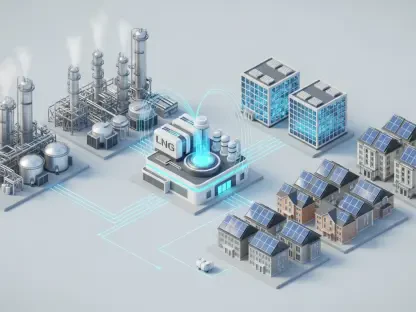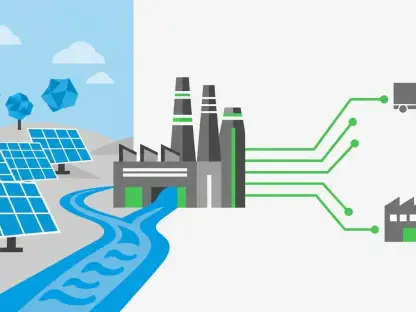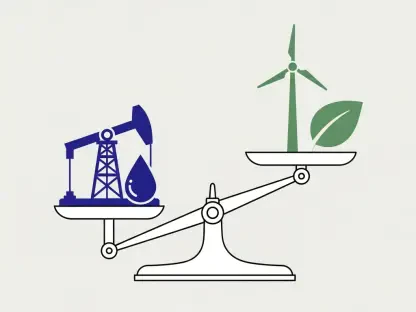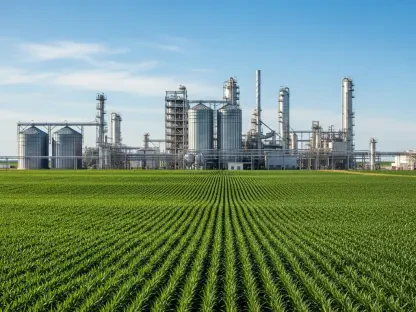In an era marked by urgent environmental challenges, the aviation industry finds itself at a crossroads, grappling with mounting pressure to adopt sustainable practices that significantly cut carbon emissions. As global travel demands continue to rise, the aviation sector needs to urgently explore cleaner and greener alternatives. Enter Sustainable Aviation Fuel (SAF), a promising solution that offers a significant pathway to reducing the industry’s environmental footprint. Today, SAF is more relevant than ever, presenting an opportunity not only to curtail emissions but also to redefine the way aviation fuel is produced and consumed.
Current Landscape of Sustainable Aviation Fuel
Rising Demand and Adoption Trends
SAF adoption has experienced a significant surge, driven by heightened environmental awareness and regulatory pressures. Recent statistics indicate that SAF use has increased, underscoring its growing market importance. According to industry reports, the SAF market is projected to expand further in the coming years, indicating a robust upward trajectory. This growth reflects a strategic shift as airlines and aviation operators increasingly turn to SAF to meet carbon reduction commitments and enhance sustainability initiatives.
Innovators and Leaders in SAF Application
Pioneering companies such as Luxaviation Group and Idunn## are at the forefront of SAF implementation, showcasing innovative approaches and successful deployments. Recent collaborations have highlighted the potential for large-scale SAF production. For instance, Luxaviation’s partnership with Idunn## involves a strategic MoU to supply eSAF over a 15-year period, starting in 2029. By leveraging strategic alliances and deploying advanced technologies, these companies demonstrate the feasibility and effectiveness of integrating SAF into existing aviation frameworks.
Expert Opinions on Sustainable Aviation Fuel
Insights from leading experts and analysts underscore the significance of SAF in transforming the aviation sector. Industry thought leaders emphasize that while SAF offers considerable promise, it also faces challenges related to production scalability and cost-effectiveness. Innovations in synthetic fuel technologies and advancements in renewable energy integration are pivotal in addressing these challenges. Experts highlight SAF’s potential to redefine emission standards in aviation, providing a sustainable pathway not only for environmental benefits but also for enhanced resilience against volatile fossil fuel markets.
Future Prospects of Sustainable Aviation Fuel
The future of SAF is replete with potential advancements and scaling possibilities. Analysts predict significant technological breakthroughs in synthetic fuel production, which could drive substantial cost reductions and increase adoption rates. Furthermore, SAF’s successful integration may unlock broader societal benefits, fostering economic growth while safeguarding ecological balance. However, challenges such as infrastructure requirements and regulatory compliance remain significant hurdles. As SAF trends persist, ripple effects are anticipated across various industries, reinforcing the need for cross-sector collaboration and investment.
Conclusion
Reflecting on the trends and developments in sustainable aviation fuel, it is evident that SAF has emerged as a pivotal element in the quest for sustainable aviation. The urgency of addressing environmental concerns through innovative fuel solutions is more apparent than ever. As stakeholders continue to navigate the complexities of SAF adoption, the path forward necessitates a collective commitment to advancing these technologies. The advancements in SAF have set a compelling narrative for the aviation industry, heralding a new era of cleaner skies and sustainable travel, where the focus remains firmly on driving continuous innovation and fostering a culture of sustainability.









